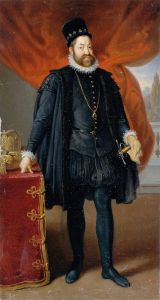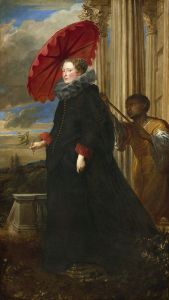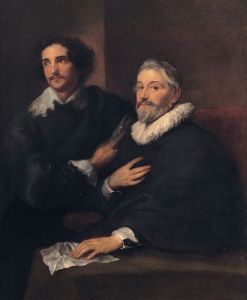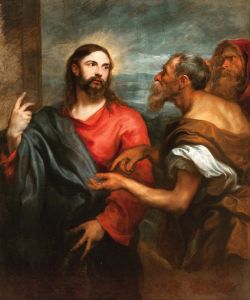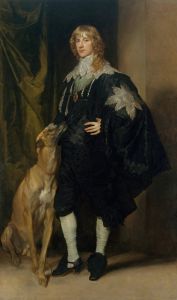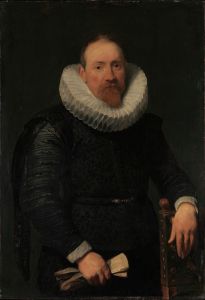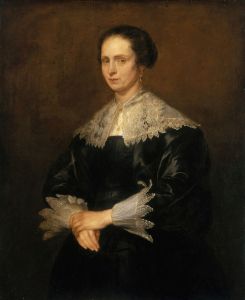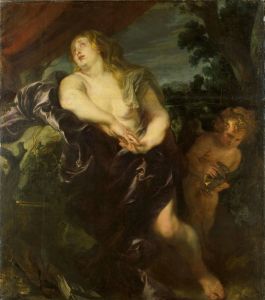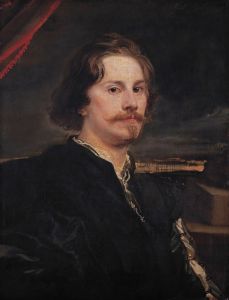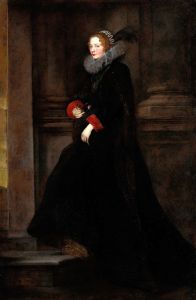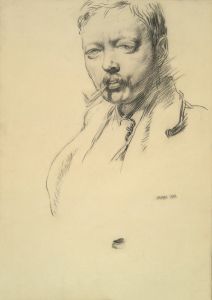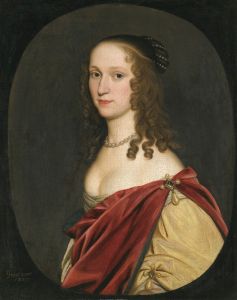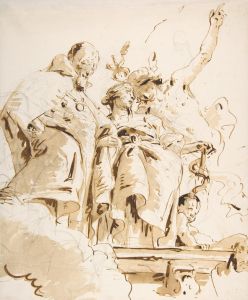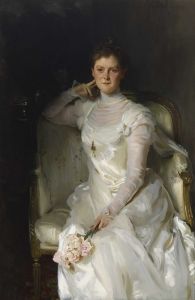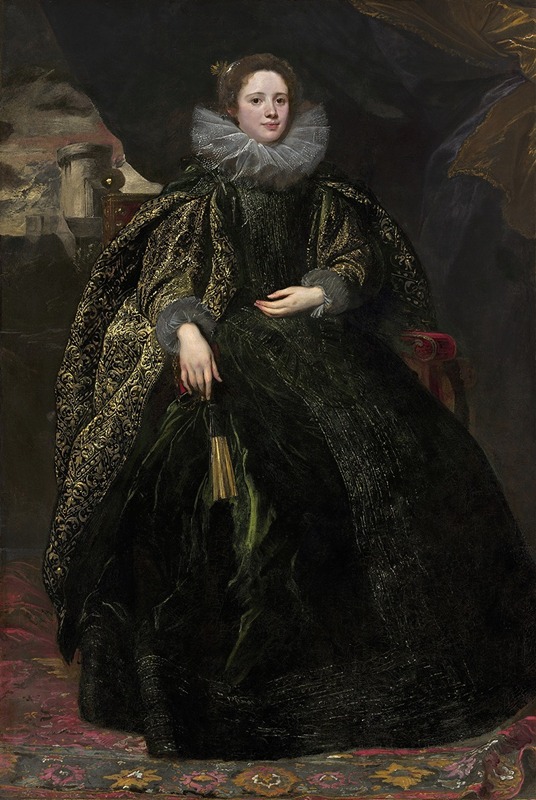
Marchesa Balbi
A hand-painted replica of Anthony van Dyck’s masterpiece Marchesa Balbi, meticulously crafted by professional artists to capture the true essence of the original. Each piece is created with museum-quality canvas and rare mineral pigments, carefully painted by experienced artists with delicate brushstrokes and rich, layered colors to perfectly recreate the texture of the original artwork. Unlike machine-printed reproductions, this hand-painted version brings the painting to life, infused with the artist’s emotions and skill in every stroke. Whether for personal collection or home decoration, it instantly elevates the artistic atmosphere of any space.
"Marchesa Balbi" is a portrait painting by the renowned Flemish artist Anthony van Dyck, created around 1623. Van Dyck, a prominent figure in the Baroque art movement, was known for his exceptional skill in portraiture, capturing the elegance and status of his subjects with remarkable detail and sensitivity. This particular work exemplifies his ability to convey both the physical likeness and the personality of the sitter.
The painting depicts Elena Grimaldi Cattaneo, who was the Marchesa Balbi, a member of the Genoese aristocracy. Van Dyck spent several years in Italy, particularly in Genoa, where he painted numerous portraits of the local nobility. His time in Italy was crucial in developing his style, as he was influenced by the works of Italian masters such as Titian and the vibrant cultural environment of the region.
In "Marchesa Balbi," van Dyck employs his characteristic use of rich color, luxurious textures, and a keen attention to detail. The Marchesa is portrayed in an opulent dress, indicative of her high social status. The fabric of her attire is rendered with meticulous care, showcasing van Dyck's ability to depict different materials, such as silk and lace, with a lifelike quality. Her pose is both graceful and commanding, reflecting her noble standing.
Van Dyck's portraits often included subtle elements that hinted at the sitter's personality or status. In this painting, the Marchesa's expression is serene yet assertive, suggesting a woman of confidence and poise. The background is relatively simple, ensuring that the focus remains on the subject, a common technique in van Dyck's portraits to emphasize the individual rather than their surroundings.
The painting is a testament to van Dyck's mastery of portraiture and his ability to capture the essence of the European aristocracy of his time. His work was highly sought after by the elite, and his influence extended beyond his lifetime, impacting portrait artists for generations.
"Marchesa Balbi" is housed in the collection of the Palazzo Rosso in Genoa, Italy. The Palazzo Rosso, part of the Strada Nuova Museums, is renowned for its extensive collection of art, particularly works from the Genoese school and other significant European artists. The inclusion of van Dyck's work in this collection underscores the historical and cultural ties between the artist and the city of Genoa.
Overall, "Marchesa Balbi" is a prime example of Anthony van Dyck's contribution to the art of portraiture, showcasing his ability to blend technical skill with an insightful portrayal of his subjects. The painting remains an important piece within the broader context of Baroque art and continues to be admired for its artistic and historical significance.





